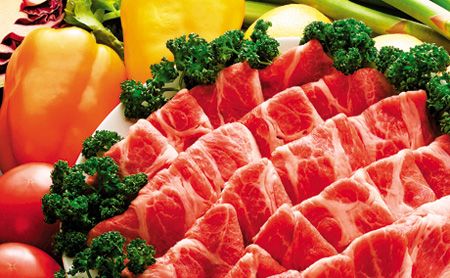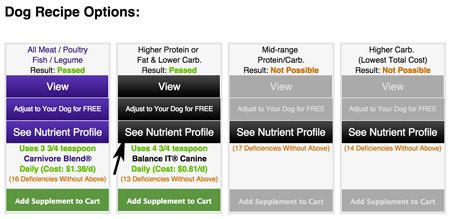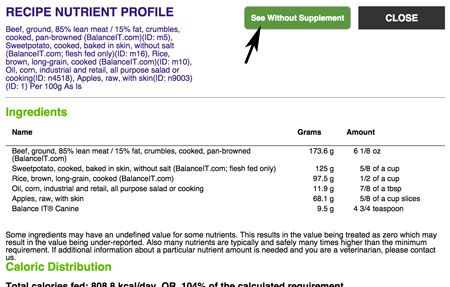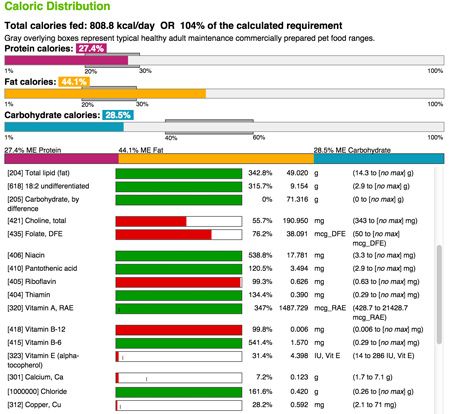When it comes to homemade diets, tell and SHOW
Getting the right balance of nutrients is key. Here's a tool to help.

(Getty Images)
As pets become more and more integral family members, more owners are turning to making their pets' meals themselves. After all, long ago (well, not that long ago?) pets were able to get by on whatever table scraps were left over from their masters' tables. So if owners are now taking the time to carefully craft meals just for their pets, where's the harm?
As you know, dogs and cats need specific nutrients to grow strong and healthy and then maintain their vigor. If they don't get everything they need, they can suffer serious ill effects. So if a client balks at your questioning what exactly is in that homemade diet they are providing, communicating these ill consequences should give them pause.
“You can obviously cite what can go wrong,” says Sean J. Delaney, DVM, MS, DACVN, founder of DVM Consulting in Davis, California. “Sometimes, for a nutritionist like myself, I actually will show them graphically where all the deficiencies are compared to normal requirements and show where those nutrients need to be elevated to meet their needs.”
A balance sheet for better health
Delaney uses balance.it, a website he developed and runs that looks at the various ingredients that can make up a healthy adult dog or cat diet, as well as vet.balance.it, which looks at appropriate nutrition for various veterinary conditions or diseases. The websites are free to use. Let's run through an example:
1. Select the food or condition, depending on which URL you use, and click “Done.”

2. On the results page, click on “See Nutrient Profile” in one of the recipe options that has a passing result.

3. On the next window, click the green “See Without Supplement” button to see the deficiencies graphically.

This sampling of the results page shows several deficiencies (look at all the red!).

What are those ill effects?
Scientific research has shown exactly which nutrients dogs and cats need to live optimally. “A lot of recipes that clients will find or maybe come up with on their own may be fine for protein or carbohydrate levels, but they won't have the vitamins and minerals that dogs and cats need when you feed human foods,” says Delaney.
For example, vitamin B1 and taurine are concerns in cats, says Delaney. If a cat is low on thiamine (vitamin B1), which can happen when feeding an all-meat diet, the cat may suffer serious neurologic signs. Taurine deficiency? That can cause dilated cardiomyopathy.
For dogs, Delaney says calcium deficiency is a concern because low concentrations can cause secondary hyperparathyroidism that can lead to bone fracture.
Finding the right chemistry
Preparing homemade diets isn't breaking bad, so to speak, as long as the owner makes an effort to provide the right amount of each nutrient the pet needs. And you can help them figure it all out. A chance to geek out on veterinary nutrition! (Or you can always refer to a veterinary nutritionist at acvn.org.)